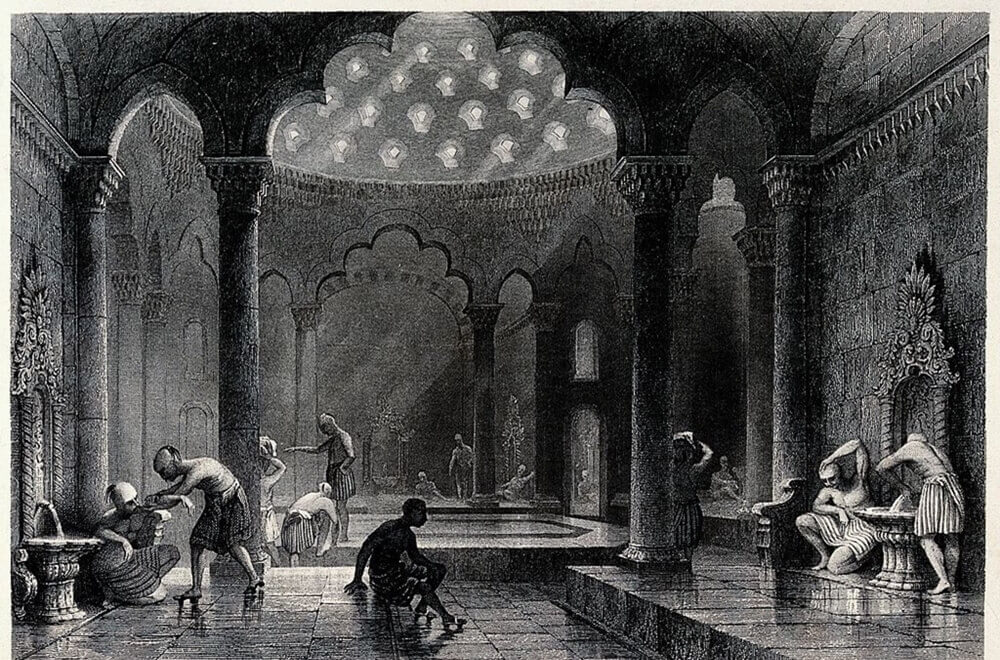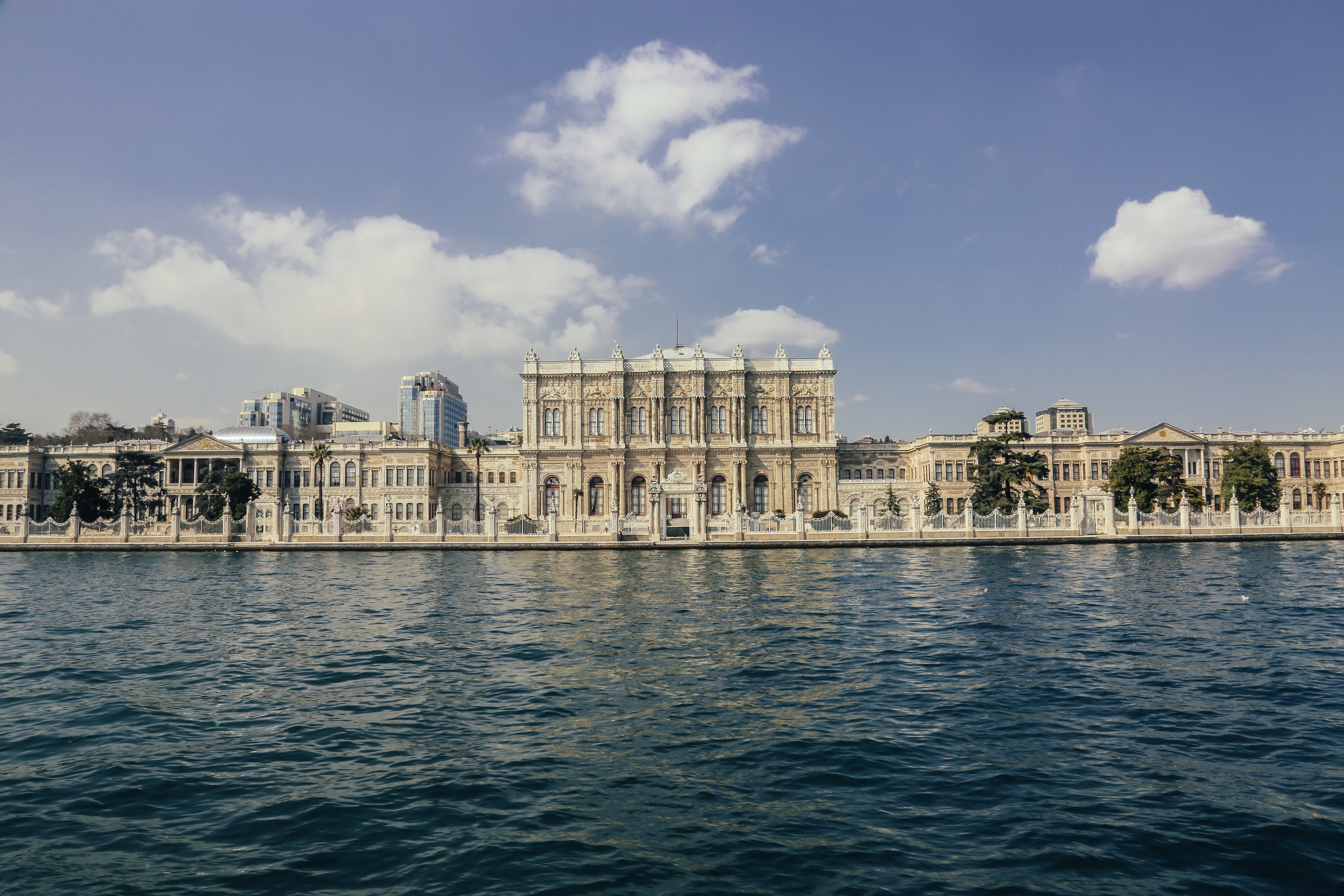
The History of Turkish Towels
Turkish towels, also known as peshtemal, aren’t just pretty bathroom accessories—they're part of a centuries-old story woven through culture, craftsmanship, and just a hint of magic. Born in the heart of the Ottoman Empire in the 17th century, these towels started off as humble hamam companions but have since gone global, evolving into icons of everyday luxury. Originally crafted on handlooms using local cotton (and sometimes silk for the extra-fancy crowd), their lightweight yet super-absorbent design made them the MVPs of Turkish baths—places that weren’t just about scrubbing up, but also gossiping, relaxing, and prepping brides for their big day. In short, the peshtemal wasn't just a towel—it was a lifestyle.
The artistry behind these towels is no joke. Passed down through generations, the weaving techniques are precise, intricate, and rooted in tradition. Each region put its own spin on the designs, with stripes, geometric patterns, and motifs inspired by nature, making every towel a reflection of local heritage. And then there’s the material. Turkish cotton is kind of a diva—in the best way. Its long fibers mean you get a towel that’s softer, stronger, and more absorbent than your average fluff. Plus, it gets better with age. The more you wash it, the more it leans in to its cozy potential—like a fine wine, but for your skin.
What started as a bathhouse essential is now a must-have for modern living. Whether it’s draped on your bathroom hook, rolled into your beach bag, or tossed over your shoulders like a casual fashion statement, the Turkish towel has come a long way—and let’s be honest, it’s never looked better.

Global Recognition and Evolution
By the 18th and 19th centuries, Turkish towels had officially outgrown their hamam roots and started making international moves. Merchants and travelers couldn’t keep them to themselves, so they brought these flat-woven wonders to Europe and the Middle East. Suddenly, everyone wanted a piece of the peshtemal action. Why? Because they were lightweight, endlessly useful, and—let’s be honest—way chicer than the scratchy alternatives. Word spread fast, and just like that, Turkish towels went from local legend to global luxury staple.
Fast forward to the 20th century, and the towel got a glow-up. Industrialization swept through textile production, and Turkish towel makers adapted. While factories started churning out mass-market goods, artisans in Turkey stayed true to their roots—adding fresh designs, bold color palettes, and updated weaving techniques without sacrificing that old-school soul. Traditional craftsmanship met modern flair, and the result? Towels that dry like a dream and look damn good doing it.
Then came the 21st century, where suddenly everyone realized: wait—why aren’t we using these for everything? Bath towel? Check. Beach blanket? Duh. Scarf? Fashion moment. Throw? Obviously. Tablecloth? Now you’re just showing off. Minimalists loved their clean aesthetic. Environmentalists loved their low-impact design. Everyone else loved how they made their bathroom look like a boutique hotel.
Today, Turkish towels are having their main character moment. Luxury brands have jumped on board, layering them with premium materials and intricate detailing. But while the spotlight shines bright, the heart of Turkish towel-making remains with the small-scale artisans who still weave each piece by hand. Because behind every towel is not just a product—it’s a story, a craft, and a legacy that refuses to be machine-made.

Why Turkish Towels Endure
What makes Turkish towels irresistible isn’t just their good looks (though let’s not pretend that doesn’t help)—it’s their perfect mix of old-world soul and modern-day swagger. They’re the rare breed that bridges centuries of craftsmanship with the chaos of today’s lifestyle. From high-end spas to lazy couch days, they fit right in. Because when you wrap yourself in one, you’re not just getting dry—you’re getting a front-row seat to centuries of textile tradition.
The fact that a towel born in steamy Ottoman bathhouses is now gracing beaches in Bali, brunch tables in Brooklyn, and boutique hotels in Paris? That’s not luck. That’s timelessness. These towels haven’t just survived—they’ve thrived, evolving without losing an ounce of authenticity.
Turkish towels aren’t just something you use—they’re something you inherit. They carry a legacy. They tell a story. And they do it all while being ridiculously soft, endlessly versatile, and totally unfussy. Whether you're drawn to the heritage, the minimalist aesthetic, or the fact that they look fantastic draped over literally anything, one thing’s for sure: this isn’t just a towel. It’s a tradition you can actually touch.

